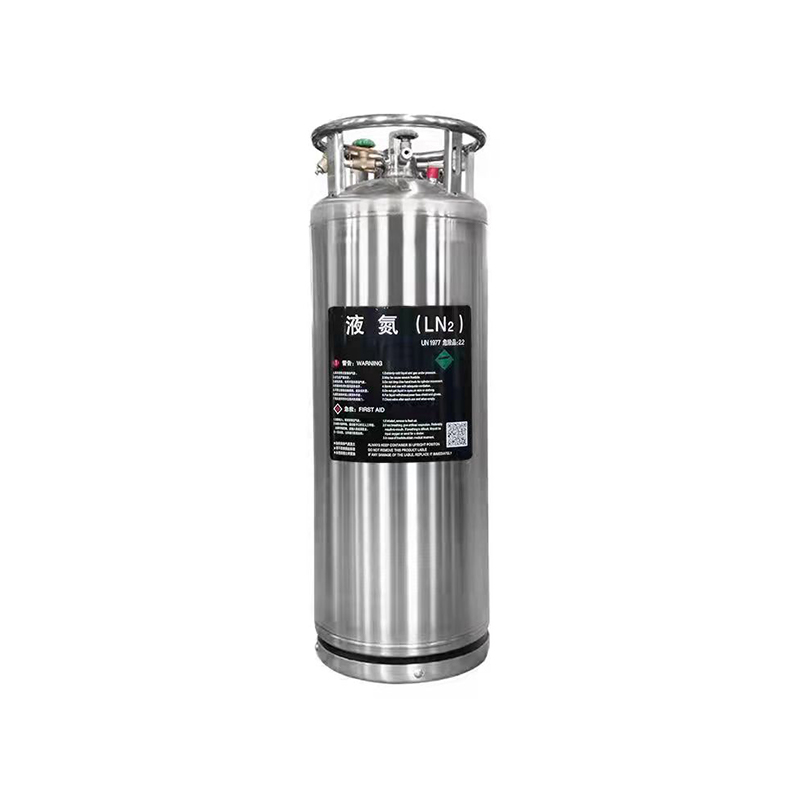Liquid dewar cylinder and conventional gas cylinders are both used for storing and transporting gases, but they have some key differences in design, usage, and the states in which they store the gases. Here are the main differences between the two:
State of the gas:
Liquid dewar cylinders store gases in their liquid state. These cylinders are designed to maintain the gas at extremely low temperatures so that it condenses into a liquid. Liquid dewars are typically used for gases that are easily liquefied under moderate pressures, such as liquid nitrogen (LN2), liquid oxygen (LOX), or liquid argon (LAr).
Conventional gas cylinders store gases in their gaseous state. The gas is compressed at high pressure to fit a larger amount of gas in the cylinder. Common examples of gases stored in conventional cylinders include oxygen, nitrogen, hydrogen, helium, and various other industrial gases.
Pressure:
Liquid dewar cylinders typically operate at very low pressures since the gases are stored as liquids. The pressure in these cylinders is usually determined by the vapor pressure of the stored liquid at the given temperature.
Conventional gas cylinders, on the other hand, operate at much higher pressures to keep the gas in its compressed state. The pressure in conventional cylinders can vary depending on the type of gas and the intended use.

Usage:
Liquid dewar cylinders are often used when a large volume of gas needs to be transported or stored. Since gases in their liquid state have a much higher density than gases in their gaseous state, liquid dewars can hold larger quantities of gas compared to conventional gas cylinders of the same size.
Conventional gas cylinders are commonly used when a moderate amount of gas is required for various applications, such as in industrial processes, welding, medical use, or laboratory work.
Design:
Liquid dewar cylinders are designed to withstand the extremely low temperatures required to keep the gas in its liquid state. They are usually double-walled with vacuum insulation to minimize heat transfer and maintain low temperatures.
Conventional gas cylinders are designed to handle high-pressure gases and are typically single-walled. They have safety features such as pressure relief valves to prevent over-pressurization.
Safety considerations:
Liquid dewar cylinders need to be handled with care to avoid contact with extremely cold liquids, which can cause severe frostbite or other injuries. Proper personal protective equipment (PPE) is necessary when handling these cylinders.
Conventional gas cylinders require safety measures to prevent leaks or ruptures due to the high-pressure content. Proper storage, handling, and valve protection are essential for safe usage.
